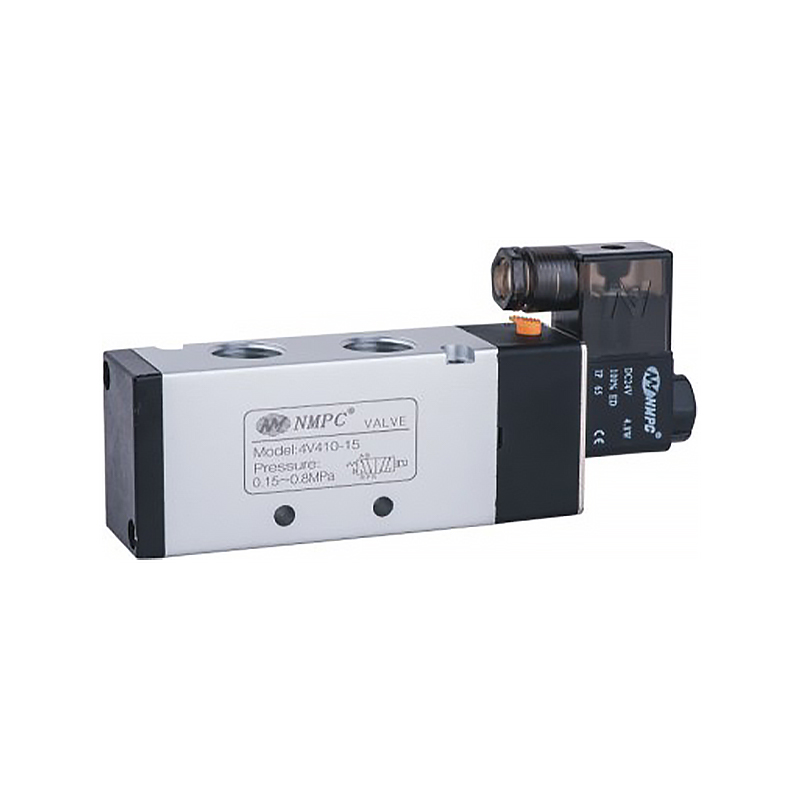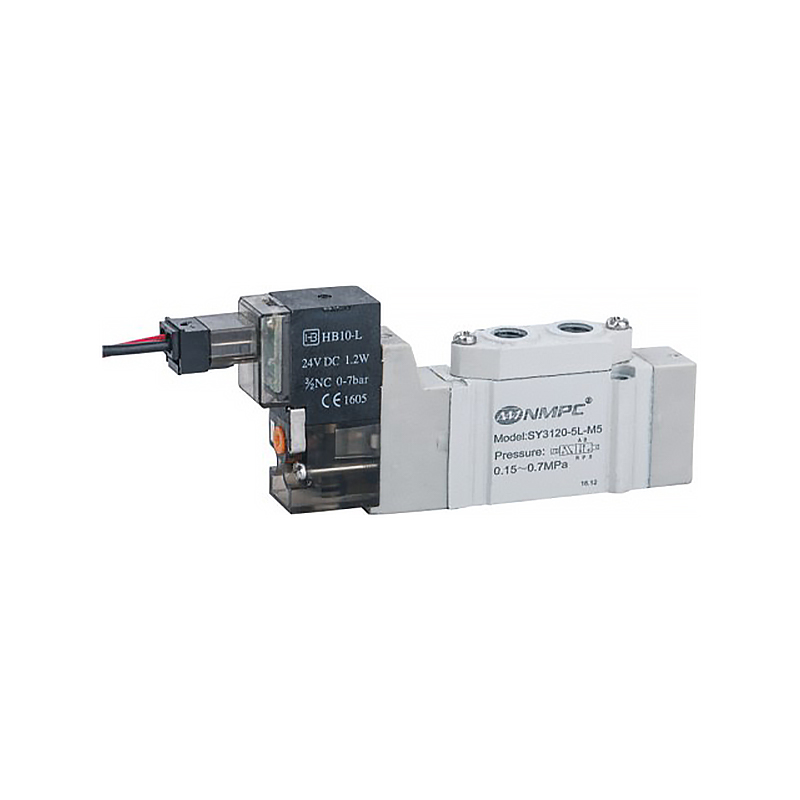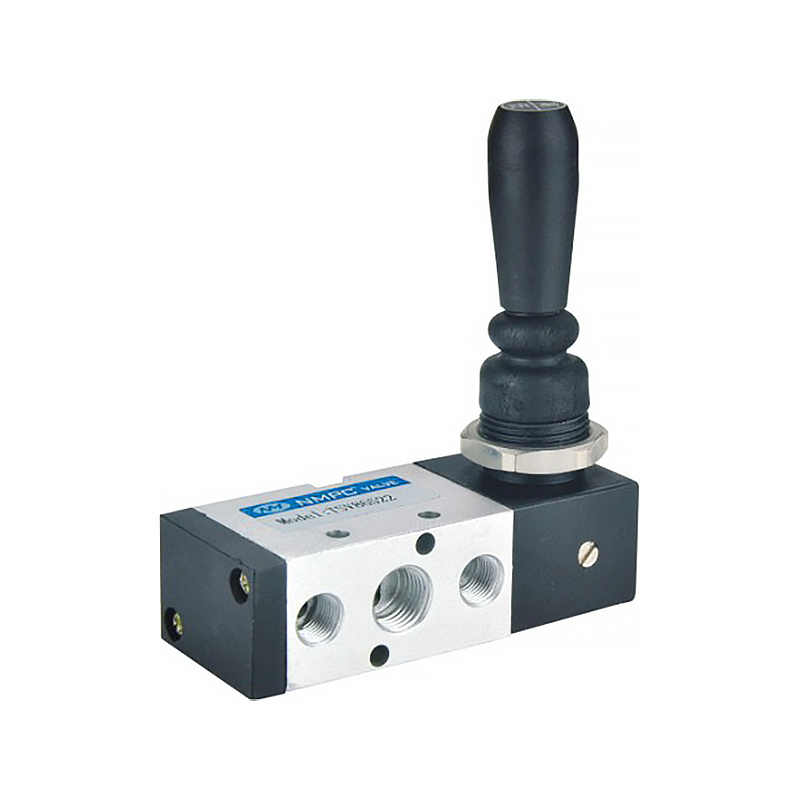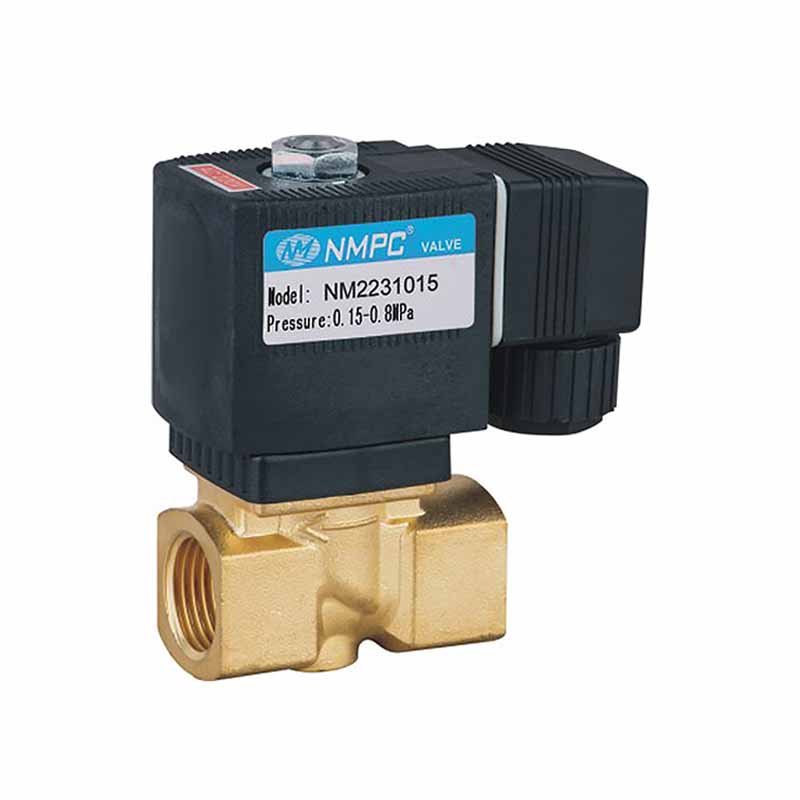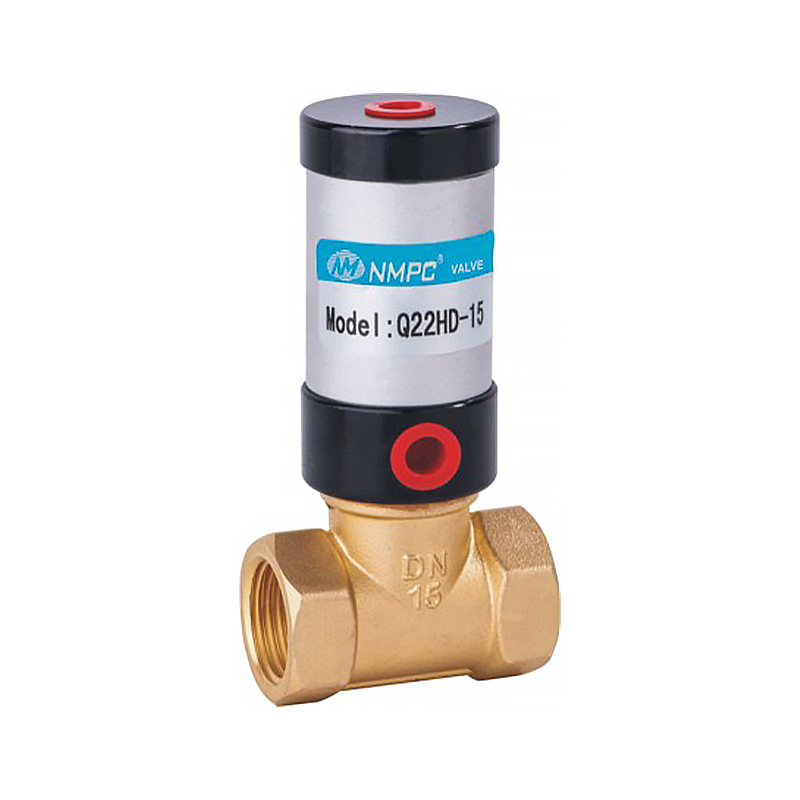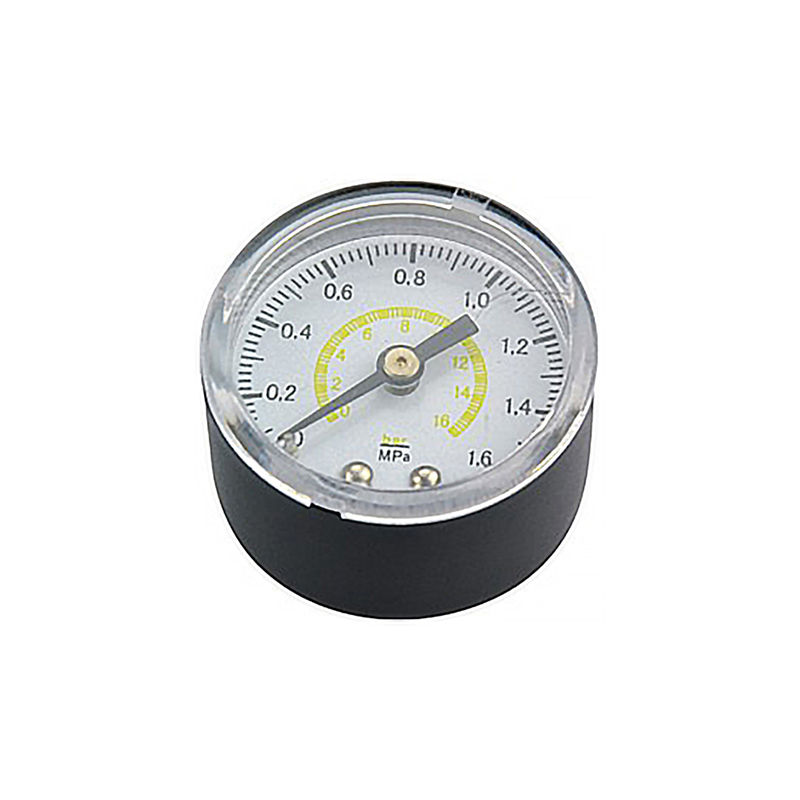Copyright 2022 © Ningbo Xinmadi Automation Technology Co., Ltd. All Rights Reserved.

Solenoid valves are divided into three categories in principle:
1. Direct acting solenoid valve:
Principle: When energized, the electromagnetic coil generates electromagnetic force to lift the closing member from the valve seat, and the valve opens; when the power is turned off, the electromagnetic force disappears, and the spring presses the closing member on the valve seat, and the valve closes.
Features: It can work normally in vacuum, negative pressure and zero pressure, but the diameter generally does not exceed 25mm.
2. Step by step direct acting solenoid valve
Principle: It is a combination of direct-acting and pilot-operated. When there is no pressure difference between the inlet and the outlet, after the power is turned on, the electromagnetic force directly lifts up the pilot small valve and the closing part of the main valve in sequence, and the valve opens. When the inlet and outlet reach the starting pressure difference, after the power is turned on, the electromagnetic force pilots the small valve, the pressure in the lower cavity of the main valve rises, and the pressure in the upper cavity drops, so that the main valve is pushed upward by using the pressure difference; when the power is off, the pilot valve uses a spring Force or medium pressure pushes the closing member, which moves down and closes the valve.
Features: It can also operate safely under zero pressure difference or vacuum or high pressure, but the power is relatively large, and it must be installed horizontally.
3. Pilot solenoid valve
Principle: When energized, the electromagnetic force opens the pilot hole, the pressure in the upper chamber drops rapidly, and a pressure difference is formed around the closing member, and the fluid pressure pushes the closing member to move upward, and the valve opens; when the power is turned off, the spring force opens the pilot hole. The hole is closed, and the inlet pressure quickly passes through the bypass hole to form a pressure difference around the valve closing member, and the fluid pressure pushes the closing member to move down and close the valve.
Features: The upper limit of the fluid pressure range is relatively high, and it can be installed arbitrarily (customization is required) but must meet the fluid pressure differential condition.

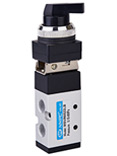
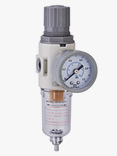
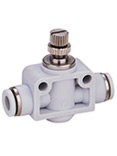
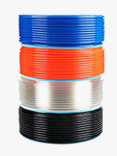
 简体中文
简体中文 English
English
